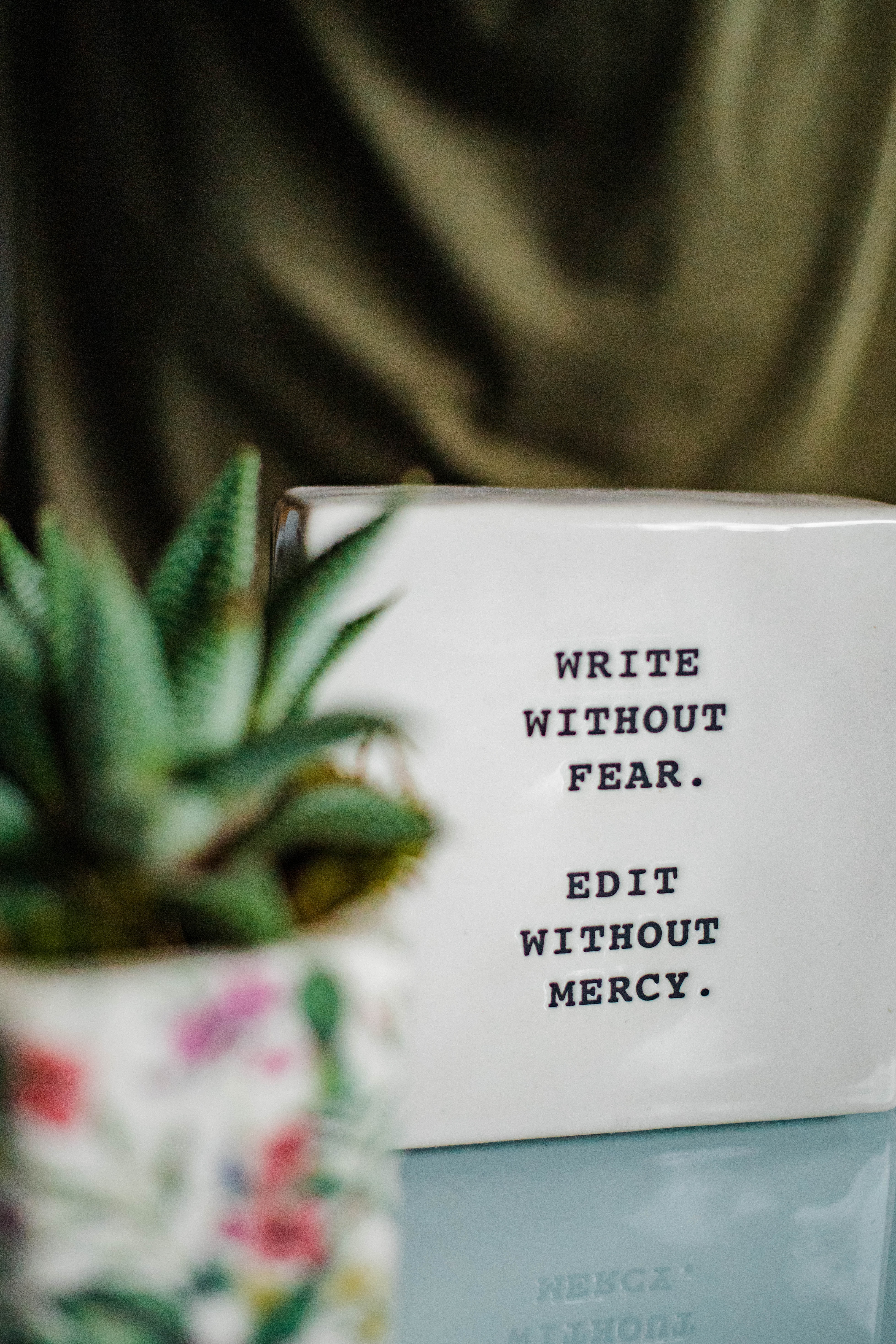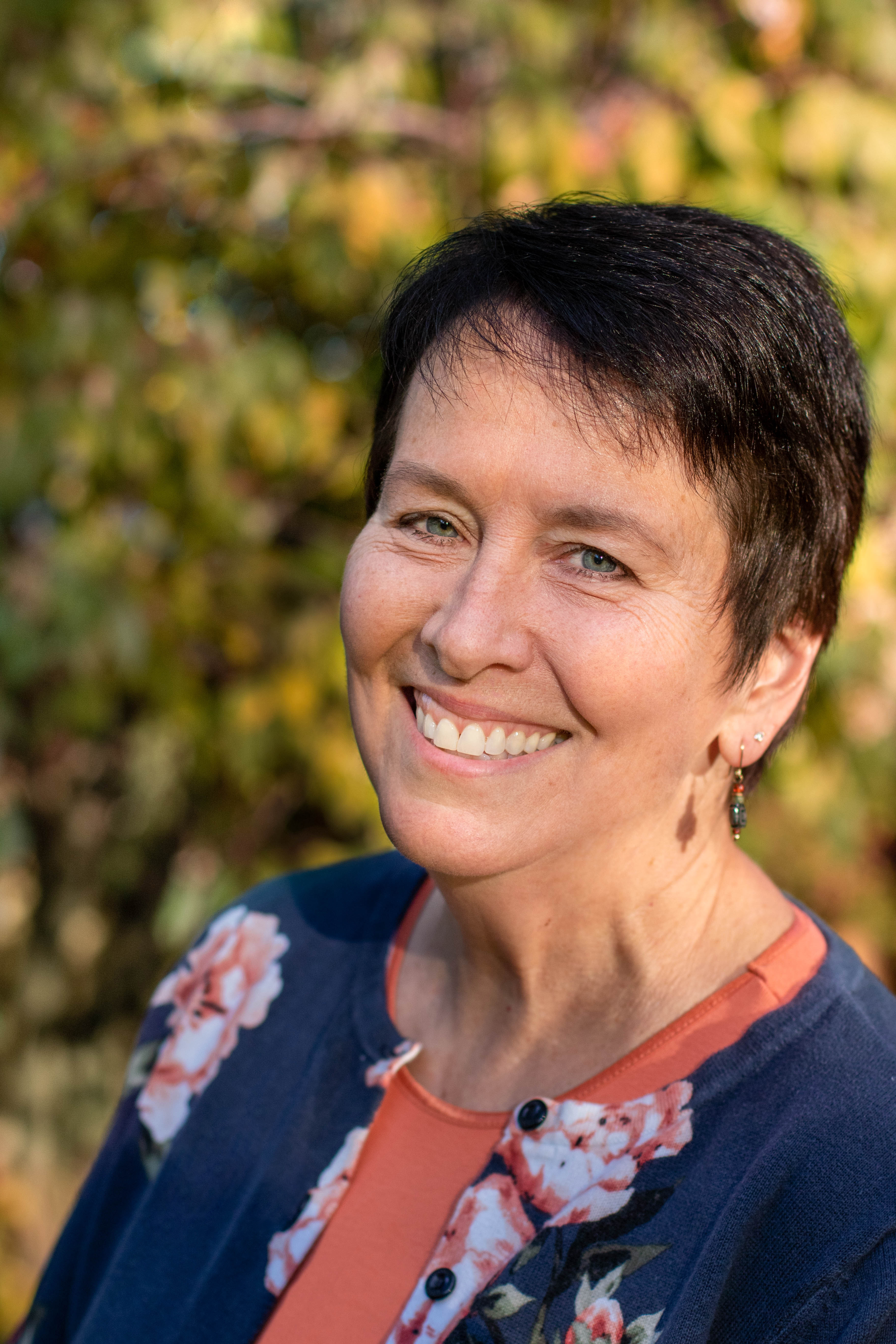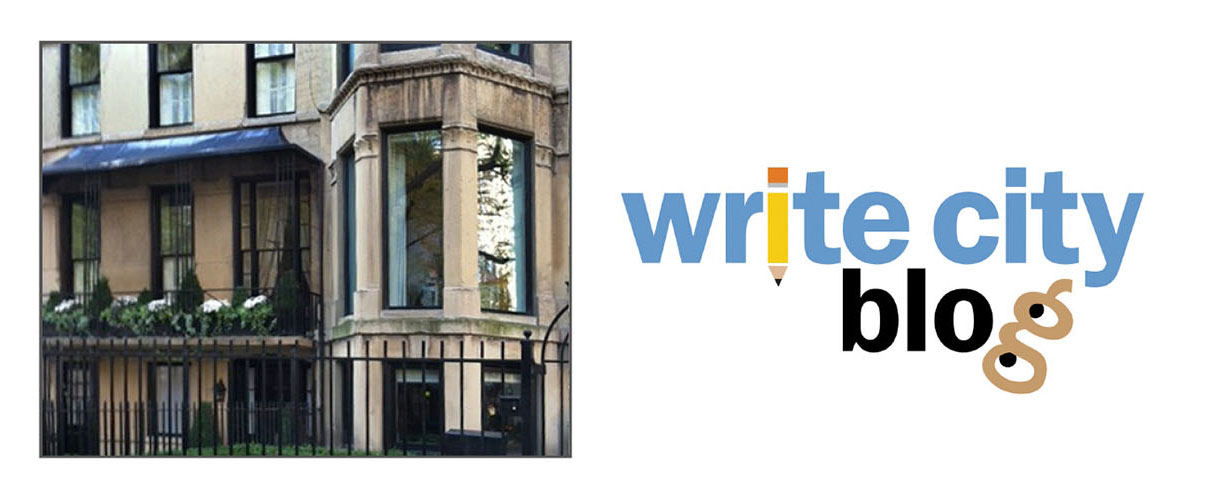October 11, 2022
The Importance of a Developmental Edit
by Kristin Oakley
 When I go to writing conferences I’m amazed at the number of writers who don’t know what a developmental edit is. In fact, many aren't aware at all of the various types of editing available and when you need them. I'm also amazed that some published authors have never had this type of edit and believe they don’t need it.
When I go to writing conferences I’m amazed at the number of writers who don’t know what a developmental edit is. In fact, many aren't aware at all of the various types of editing available and when you need them. I'm also amazed that some published authors have never had this type of edit and believe they don’t need it.
Nothing could be further from the truth. If you’re serious about your writing and your career as an author you must invest in a good developmental edit.
The Three Categories of Editors (in the order you will use them):
- Developmental editor – helps with the story structure, character arc, continuity, realism, logistics, pacing, dialogue, and more. You’ll send a developmental editor a decent second or third draft of your manuscript.
- Copy editor – checks a story or manuscript for typos and grammatical errors and looks at word choice and redundancies. A copy editor can also help with the rhythm and flow of your language. You’ll send your final draft to the copy editor.
- Proofreader – looks for typos and grammatical errors. You can use spellcheck and Grammarly but those programs only catch 40-60% of all errors. You need human eyes to make sure you’re using the right “there,” “their,” or “they’re.” If you and your developmental editor believe your sentence structure and word choices are solid then you might skip hiring a copy editor and send your manuscript directly to a proofreader.
But let's start at the beginning. Let's talk about what you'll need before you hire an editor.
Critiquing and Beta Readers
To make the most of your editor begin by revising your manuscript with the help of a trusted critique partner or group. These extra sets of eyes will find errors you’ve missed in everything from story structure to character development.
Joining a critique group or having a critique partner means you’ll have to read and comment on someone else’s work and this does take time away from your own writing, but by doing this your writing will improve. By spotting mistakes in other writers’ work you’ll be better able to spot your own errors.
After working through your entire manuscript with your critique group or partner, and revising it two or three times, enlist the help of beta readers. Beta readers are people who read books in your genre. If you write romance, sci-fi, or thrillers you’ll want to seek out readers in those genres. Ask them questions to consider as they’re reading, such as did the book lag and where, what seemed unrealistic, which character was their favorite and why, and would they recommend your book to a friend.
Now that you’ve revised your manuscript multiple times based upon the feedback you received from your critique group and Beta readers, it’s time to send it to a developmental editor.
Why Pay Developmental Editor When You Have a Terrific Critique Group?
Quick answer – because a developmental editor is a professional with an expertise on story structure and character arcs. Chances are the members of your critique group are not.
A developmental editor will look for things like world orientation, hook, inciting incident, Door #1 and crossing that threshold, complications leading up to the midpoint, the moment of truth, further complications, the all-is-lost moment, the crisis, climax, dark moment, and resolution.
They look to see if you’ve included the protagonist’s goal, wants and needs, and have adequately developed a character arc. They’ll question you on your factual information (even fiction has to make sense), and will call you out on any inconsistencies. Most importantly a good developmental editor will help you grow as a writer not only for your current book but for your entire writing career.
What a Developmental Edit Should Include
A good developmental editor should send you the following three documents:
- Summary - a three to six page analysis of the overall structure of the story and your character arc. It summarizes what is working in your manuscript and where the story falls flat.
- Comments – these are written directly on the manuscript itself. Your developmental editor might point out a grammatical error or two, particularly if you continue to make that error throughout the manuscript, but will focus mostly on story issues. A good editor won’t try to rewrite your story but will instead ask questions such as “why does the protagonist feel this way?” or “what is the antagonist’s motivation here?” They’ll point out issues such as inconsistencies and areas where you’ve got too little or too much description.
- Chapter by Chapter Synopsis – for me, this document is the most valuable. It’s divided into three columns: chapter number or title, a short (one or two sentences) description of what happened in the chapter, and then a short explanation of what is working and/or what isn’t. I find this invaluable because, as you know, editing a 300-page manuscript can be overwhelming. By using this document I can pick a chapter to work on and know exactly what needs to be done.
Developmental Editor as a Teacher
If you have the good fortune to have an editor who is as gifted a teacher as my editor is (that’s you Tim Storm), then each critique you receive will be a master class in writing. Think of this feedback as improving the quality of your writing for not only this book but for all your books.
A Developmental Editor is not God
As you become more comfortable with receiving critiques of your work you’ll also become more confident in your ability as a writer. Take into consideration your editor’s comments but if it doesn’t feel true to the story don’t be afraid to question them. My editor encourages me to push back. While his vision for my book is similar, he’s not me. I’m the writer and what I’m striving for is of utmost importance.
If you’re still not sure about whether to change something based upon your editor’s comments talk to your critique group and beta readers. If three or more people agree a change has to be made then make it.
How to Use a Developmental Editor
Developmental edits may cost anywhere from just under $1,000 to over $3,000. That's a lot of money but consider that a good editor will read your manuscript over at least twice and probably three times. They’ll spend a good deal of time dissecting your story to produce the documents I mentioned above.
For The Devil Particle, the first book in my soon-to-be-released series, I wrote, edited, and sent my editor four different manuscripts. Yes it was getting expensive. And it was taking a lot of his time and mine. That’s when I decided to draft a character arc and a story structure outline and send those 2-3 pages to him for a critique. At about $20-$40 a pop, that was considerably cheaper.
Now I write a rough draft of each of my books then create a character arc/story structure document and send that to my editor for his feedback. We exchange multiple emails and make multiple revisions. Once we’ve settled on a solid outline I can get back to work revising. This cuts down on the number of manuscripts I send him and saves me money.
How to Find a Good Developmental Editor
The best way is by asking other writers who their editor is. Keep in mind that editors have their preferences—select one who works with manuscripts in your genre. Most importantly be sure to ask them for references.
So, for the sake of your manuscript and your writing career, be sure to invest in a thorough developmental edit. You and your readers will be glad you did!

Kristin Oakley, a popular presenter at Let’s Just Write! An Uncommon Writers Conference, is the author of two award-winning suspense thrillers, Carpe Diem, Illinois and God on Mayhem Street. She teaches writing workshops, has critiqued manuscripts and has helped writers hone their agent pitches. Kristin is writing a soon-to-be released young adult thriller series called The Devil Particle Series.
Kristin reviews books and writes about being a novelist in her bi-monthly newsletter, available at kristinoakley.net. Sign up for Kristin’s newsletter and receive a free gift!
Kristin Oakley is a Chicago Writers Association board member.
Affiliates/Partners
Testimonials
Contact
Join CWA
Member Directory
My Account
Writers Conference
Presenters
Agents and Publishers
Pitch Sessions
Sponsors
Scholarships
Speaker Registration
Book of the Year
Spirit Award
First Chapter Contest
Resources
Home
Chicago Writers Association
info@chicagowrites.org
Make a Difference!


Comments
Christine DeSmet on Tuesday, October 11, 2022
Is the price quoted scaring you away from getting editing help? Pause right here. Some developmental editors (such as myself) don’t charge $1,000 or more upfront. Instead, I recommend that a writer try out the developmental editor they are interested in. A good editor usually won’t balk at looking over your first 10 or 30 pages at a reasonable fee that fits your wallet. Those fees may range from maybe $4 to $10/page for the initial developmental editing sample. Ask about this introductory edit when shopping around. This isn’t often posted under rates you’ll see on the web. Just ask! We editors are writers, too, and we want the writer’s success.
Comments
Kathleen on Tuesday, October 11, 2022
Thanks, Kristin for this helpful information.
Comments
Nicholas Chiarkas on Thursday, October 13, 2022
This is brilliant and most helpful, thank you, Kristin
And, I agree with Christine DeSmet’s comments.
Comments
Victor J. Jagielka on Friday, October 14, 2022
Ms. Oakley:
I finished writing two books of fiction. I need someone to edit the books. Please send me some suggestions.
THX,
Victor Zenda